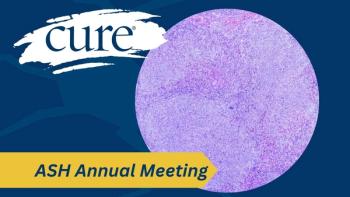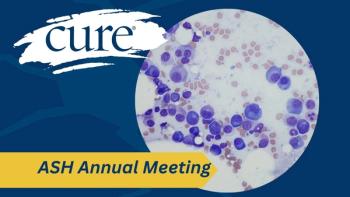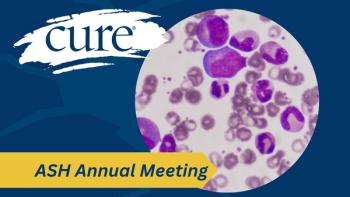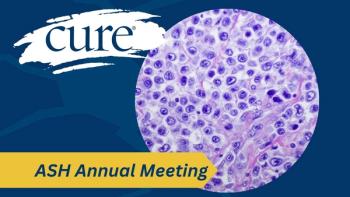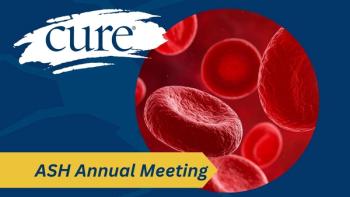
Erdafitinib Shows Promise in Advanced FGFR-Positive Bladder Cancer
Phase 2 study results showed that patients with metastatic or unresectable, FGFR-positive bladder cancer may have a third-line option for treatment.
Treatment using the oral FGFR tyrosine kinase inhibitor erdafitinib appeared to be safe and effective among patients with metastatic or unresectable, FGFR-positive bladder cancer, according to phase 2 study results presented at the 2018 American Society of Clinical Oncology (ASCO) Annual Meeting.
FGFRs are a family of receptor tyrosine kinases which may be upregulated in various tumor cell types and may be involved in tumor cell differentiation and proliferation, tumor angiogenesis and tumor cell survival. These alterations — which occur in 10 to 20 percent of metastatic bladder cancers – are enhanced among patients with immunologically “cold” luminal 1 urothelial carcinoma, a subtype of the disease.
In March 2018, the Food and Drug Administration (FDA) granted breakthrough therapy designation to erdafitinib for the treatment of metastatic bladder cancer, which will expedite the review and development of the agent, based on results from the global, open-label phase 2 BLC2001 study.
“For patients with advanced metastatic bladder cancer, it’s nice to have new treatments in this space,” Mark T. Fleming, M.D., medical oncologist at Virginia Oncology Associates, a member of the US Oncology Network, said in an interview with CURE.
In the study, 96 patients were treated with a continuous dose of 8 mg of erdafitinib per day for a median of five 28-day cycles. Dosage was upped to 9 mg per day if protocol-defined target serum phosphate levels were not reached and if no significant treatment-related side effects occurred with treatment.
Overall response rate (ORR) served as the primary endpoint of the study.
Ten percent of patients were chemotherapy-naïve, 47 percent had received two or more prior lines of therapy, and majority (80 percent) had visceral metastases — meaning the disease spread to soft internal organs of the body.
The ORR was 42 percent, including 3 percent of patients with a complete response and 39 percent with a partial response, with a disease control rate (complete responses, partial responses and stable disease) of 80 percent.
Among patients who received prior immune checkpoint inhibitors, ORR was 70 percent.
The researchers noted that side effects were manageable, with only 10 percent of patients discontinuing therapy due to treatment-related side effects.
“We now have a treatment that is well tolerated and has very exciting activity,” Fleming said. “We even saw activity after immunotherapy. It really gives patients with advanced bladder cancer three lines of effective therapy.”
In addition, the agent offers some better quality of life — something Fleming saw first-hand. “I am not surprised (by the results),” he explained. “I had my own patients who responded to therapy. In fact, personally, I had a 91-year-old patient who typically we would not offer therapy, but we have improved the quality of his life with (erdafitinib).”
However, now one question remains: Is the information exciting enough for the FDA to grant fast track designation or full approval? Ongoing studies may be the determinant of that.
“There is a potential study looking at (erdafitinib) in the second line setting after platinum-based chemotherapy versus standard of care. That will really determine if this therapy is for patients who have FGFR-positivity,” Fleming said.

